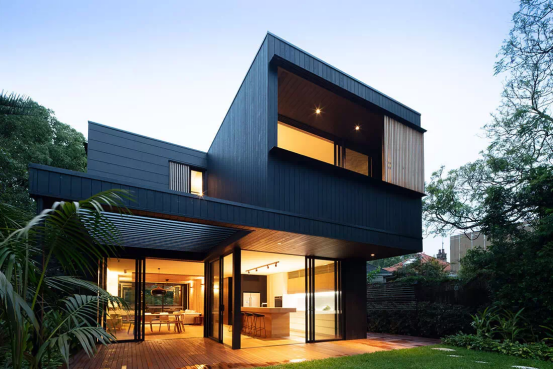In 2026, Australians have more choices than ever when it comes to building a new home. The rise of modular, prefab, and kit homes—constructed in controlled factory settings—offers a faster, more efficient, and environmentally friendly alternative to traditional builds. These innovative methods blend speed, flexibility, and sustainability to suit the needs of today’s homeowners.

Faster Build Times with Factory-Built Homes
Factory-built housing, including modular and prefabricated homes, is assembled in specialized facilities before being transported to the construction site. This process drastically shortens build times compared to conventional on-site methods. Once the design is approved, completion can typically occur within 2 to 14 weeks, depending on the design’s complexity and size.
Because construction takes place indoors, projects are not delayed by weather, ensuring more predictable scheduling. With most work completed offsite, disruptions at the building location are minimized—ideal for homeowners seeking faster move-in times and reduced interim housing costs.
Design Flexibility and Adaptability
Modular and prefab homes offer remarkable flexibility in both design and function. Homeowners can choose from a variety of layouts, architectural styles, and materials, customizing every aspect to fit their preferences. Whether designing a compact urban home or a large family residence, factory-built housing accommodates diverse lifestyles.
These homes also lend themselves to multiple applications, such as permanent residences, vacation homes, or even multi-unit developments. Thanks to their modular design, they can be expanded or reconfigured later, allowing homeowners to adapt their space as their needs evolve.
Understanding Costs and Inclusions
The cost of prefab or modular homes depends on factors like provider, design complexity, materials, and finishes. Standard pricing usually covers offsite fabrication and factory finishes, but additional expenses arise from site-specific requirements.
These may include transportation, craning of modules, site preparation (such as foundations), utility connections, landscaping, and local council permits. To gain a clear financial picture, it’s important to request detailed, itemized quotes outlining exactly what’s included.
Factory-built homes often deliver cost advantages through faster construction, reduced labor, and minimal waste. However, total expenses still depend on location conditions and the degree of customization selected.
A Focus on Sustainability
Sustainability plays an increasingly central role in Australian homebuilding, and factory-built homes align well with this trend. Controlled manufacturing environments enable better waste reduction and material efficiency. Many builders prioritize eco-friendly materials and incorporate energy-efficient designs to lower environmental impact.
Common sustainable features include solar panels, rainwater harvesting systems, and advanced insulation, all of which help reduce energy use and carbon emissions. As a result, homeowners enjoy lower ongoing costs while contributing to a greener planet.
The Building Process and Compliance
Constructing a factory-made home typically involves several stages: design and customization, factory assembly, site preparation, transportation, installation, and final finishing such as plumbing and electrical work. Compliance with Australian building codes and local regulations is mandatory throughout every phase.
Obtaining council approvals and permits for modular and prefab homes generally follows the same process as traditional housing. Working with reputable builders familiar with local requirements ensures smooth coordination and timely completion.
The Growing Role of Factory-Built Homes in Australia
By 2026, modular and prefab housing has become an increasingly important part of Australia’s housing landscape. These modern construction methods offer efficient, flexible, and eco-conscious alternatives that meet a variety of budgets and preferences.
They also play a key role in tackling housing affordability and availability challenges by offering faster, cost-effective construction solutions. As innovation in design and technology continues, factory-built homes are poised to become an integral component of Australia’s sustainable housing future.
Note: This article provides general information about factory-built housing options in Australia and should not be taken as professional advice for specific circumstances.
Sources:
The Design Files: 7 Australian Businesses Creating Impressive Prefabricated Homes (2024)
Anchor Homes: Top Prefab Modular Project Highlights of 2024
Ecoliv: Modular vs Prefab vs Kit Homes in Australia
